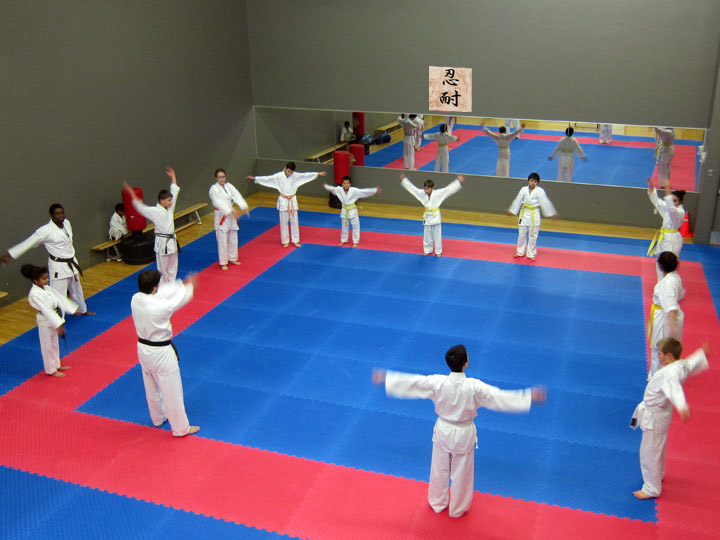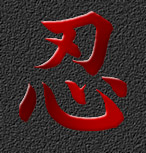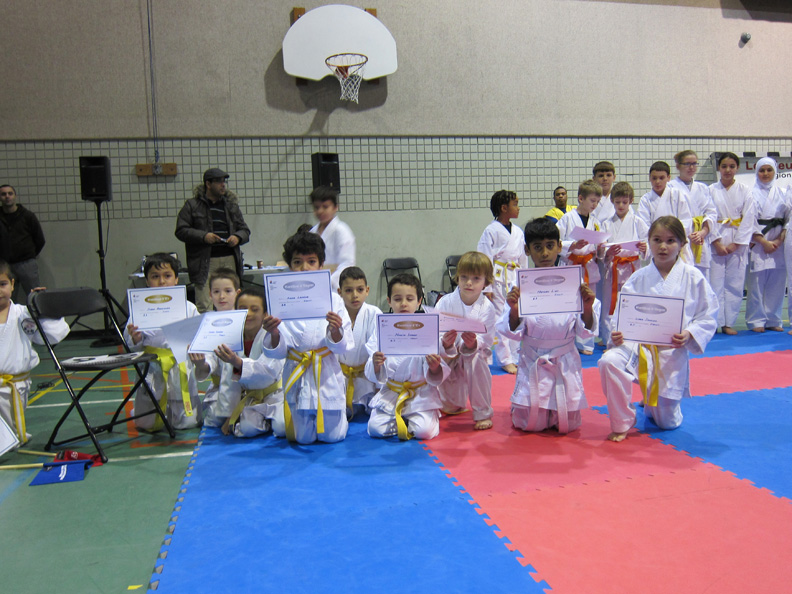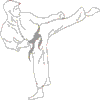
One of the best techniques of self-defense, Karate gained popularity as it can help a bare hand person to save himself from life threatening situations. It is an age-old techniques developed in Okinawa. Okinawa (called Ryukyu) was once a small kingdom located between Japan and southern part of China. It experienced political trauma, especially when a southern end Japanese clan Satsuma, invaded Okinawa in 1607 and occupied it. Before Satsuma invasion, the islanders had similar experiences by their own King at the end of the Civil War in 1422. In both occasions, the islanders learned to train the hand-to-hand combat tactics which developed into Karate later.
At that time, the art offered the use of hands and legs that were trained through tough practice regime to make them able enough to face the challenges. Likewise the elbow knuckle, toes and the ridge of the foot were also trained. Japanese instructors now eliminated such an old training system due to its risk to damaging the hands. At the beginning in Okinawa the system was called 'Te'. The arts appeared to differ depending upon geographical locations and instructors. Other than that, there was the system called To-De or Tote which is alternatively pronounced as 'Karate' meaning Chinese hand.
During this transitional period of time when the art was becoming more popular in main land Japan, the art was called 'Karate Kempou' or Chinese Hand Fist System. There existed in Japan for fifteen to twenty century an incorporated field of martial arts as for a traditional institution named 'Budo'.
Ever since Okinawa was forced to become one of the provinces of Japan in 1871, there had been a political uprising by both the Japanese and the local citizens to promote the art to be recognized in the field of Budo. Hence, the practitioners started to call it Karate-Do. The Art of Karate-Do was official name during the 1930s in the mainland Japan.
Tradition and etiquette
1) Do not wear anything on your feet on the training floor, or anything that inhibits training.
2) Courtesy / Respect: Bow when entering and leaving the training floor. Bow when a teacher enters or leaves the training floor. Say 'Thank you' or 'Arigato' and 'Hai, sensei' often. Ask the teacher first before you leave the floor for any reason.
3 )Relationships: Teacher-Student (oyabun-kobun) and Senior-Junior (sempai-kohai). In Japanese tradition, the relationship of master and apprentice is comparable to that of parent and child.
4) Honor: Carry yourself in an honorable fashion in dealing with people in and out of the dojo. In the dojo, this includes respecting your classmates and teachers by giving them your best. Outside of the dojo, this includes doing the best you can for others.
People believe that there are limits to the strength of their bodies and minds without really trying hard to overcome the limits. With proper training, the mental and physical barriers can be removed to reveal surprising power. Karate was devised to overcome weaknesses and limitations by bringing out hidden or unnotices potential.






